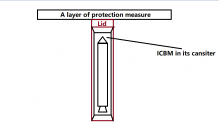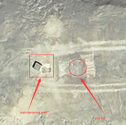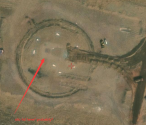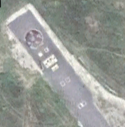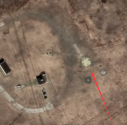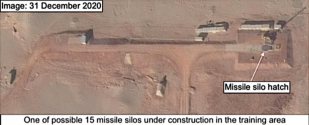The drop zones look very like HGV instead of ballistic missile. A good comparision is to launch in #626.Something really wild happened last night. Five NOTAMs and something launched from Taiyuan
At the first glance it looks like an ABM test but no news came out or they failed? Anyway it doesn't look like a typical Chinese ABM compared to the previous tests.
Or it could be an ICBM with a HGV warhead? But how it could come with two large NOTAMs after deviating from ballistic trajectory.
View attachment 124304
NOTAM data:
For a two staged ballistic missile, the first stage is close to the launch site, the 2nd stage is close to the target because the 2nd stage has the same velocity and trojectory as the warhead after cut-off, it will follow the war head but only landed earlier due to its large size and shape.
On the other hand, in HGV the boosters will burn a shorter time and dumped closer to the launch site.
It is interesting that there are two terminal zones meaning two war-heads if it is indead HGV. The 2nd war-head seems to be doing maneuver simulating air-defence zone avoidance.
Last edited:

